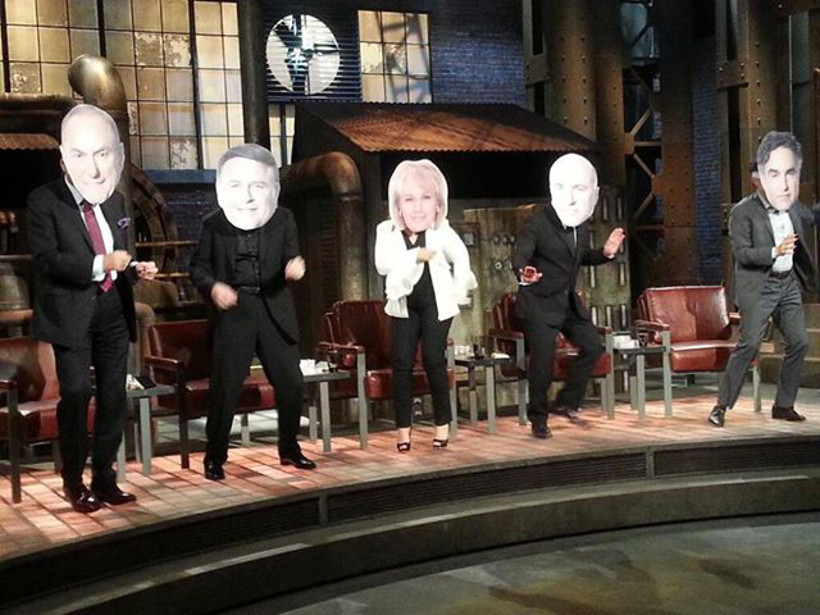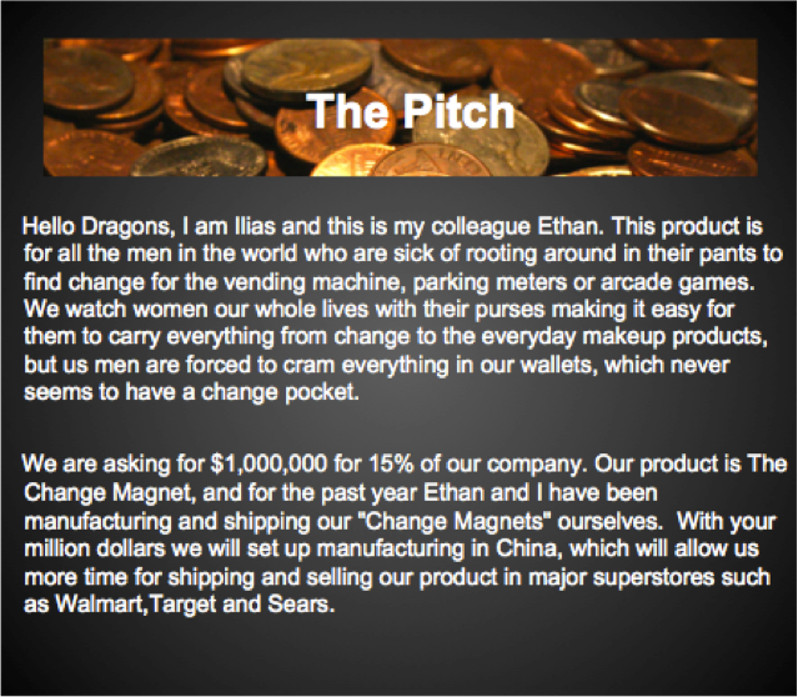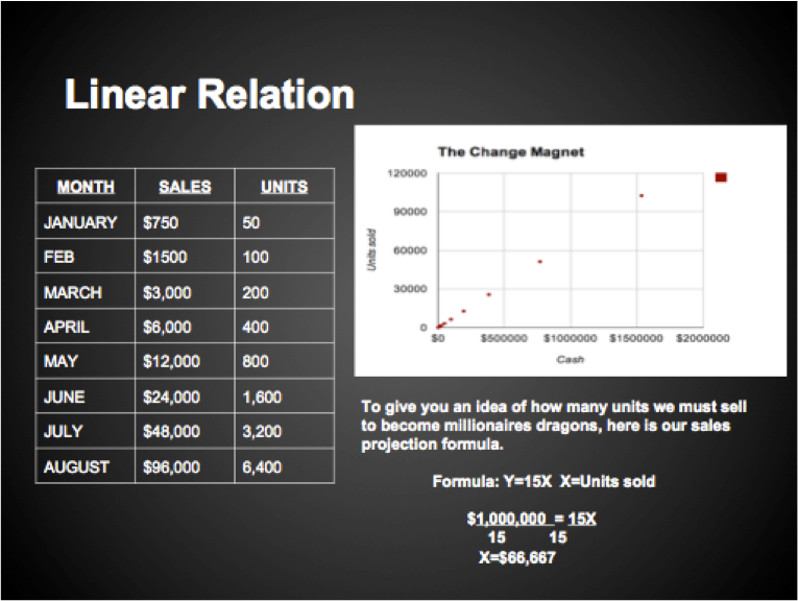Mathematics and Economics
Mathematics - Grade 9
This unit of inquiry is not a recipe book but rather a launchpad to inspire new BIG IDEAS. We encourage you to use and/or modify one, or several of the BIG IDEAS below. Adapt it to the grade/ ability level of your students.
Enduring Understanding
Mathematics is a necessity for evaluating economic opportunities.
Guiding Questions
How do we build mathematical models to analyze, assess and estimate the economic value of global business organizations.
Mind Opening
Choose or devise practices to encourage students to be open to new experiences and ways of thinking in your classroom. For example, the MindUP in-school program.
Discovery and Inspiration:
Launch the Project
• Introduce the Theme: Present the Enduring Understanding and Guiding Questions using vocabulary that is appropriate for your grade level.
• About Vancouver Biennale: Play a short video.
• Create Project Space: Brainstorm ideas to make the project theme visual and visible using bulletin boards, and/or a project corner to share relevant materials and inquiry questions and processes.
Reference Resources:
• Introduction to Sculpture and Public Art Unit Plan for information on how art has evolved over time and the unique experience sculptures and/or public art brings.
• Vancouver Biennale 2014-2016 Exhibition Theme: Open Borders / Crossroads Vancouver
• Vancouver Biennale Legacy: A-Maze-ing Laughter (Yue Minjun, China)
• About Artist and Artwork (PDF)
Other Resources
Dragon’s Den, a series of reality television programmes featuring entrepreneurs pitching their business ideas in order to secure investment finance from a panel of venture capitalists.
Teen Millionaires and How They Did It Video
Learning to Learn:
Art Inquiry
Visit A-Maze-ing Laughter and encourage students to explore the art piece at different angles individually and in groups. This Art Inquiry process enables the students to practice observing, describing, interpreting, and sharing visual information and personal experiences. Use the Art Inquiry Worksheet (PDF) to guide and capture their ideas and impressions. Customize or create your own Art Inquiry Worksheet as appropriate for your project and class needs.
Discuss how the sculpture was gifted to the City in 2012 through a generous donation of the founder of yoga wear giant, Lululemon. Chip and Shannon Wilson have given $1.5-million to the Vancouver Biennale, allowing the sculpture to stay in the city where residents and tourists have fallen hard for the 14 painted bronze figures.
Shared Insights
• Sharing Art Inquiry Experience: Ask students to share the Art Inquiry Worksheet responses in class.
• Artist Themes – Research: In small groups students rotate between information stations detailing the artist’s life and work. Station topics include: (1) education and training; (2) lifetime of artwork; (2) materials and processes; (3) beliefs and values. At each station, students answer questions and complete a task. For example, at the station “life’s work” students might plot the artist’s various installations on a map of the world.
• Artist Themes – Valuation: Referring to the $1.5 million sale price of A-Maze-ing Laughter, facilitate a discussion on how the art market pricing model differs from the traditional supply and demand model. Relate to the pricing of other commodities such as gold and diamond. In groups, ask students to research and present what are the key factors that set the short term and long term prices of one of these commodities: contemporary art, antiquities, gold or diamond.
The students are to consider the following factors: perceived investment value, institutional buyers, and global marketing. Facilitate a discussion on how marketing can change consumer perception and demand. Ask students their opinion on whether Apple products are electronic devices or arts.
Inquiry Challenges
Dragon’s Den Challenge: The students are asked to pitch an idea in the Dragon’s Den. Working in small groups, first they are to identify a product or service that has potential to sell in the global market (real or their own creation). Research a fair market price for the goods or services.
Revenue/Sales Unit Relations: Develop a linear relations between monthly sales revenue and the number of units sold.
Target Revenue: Determine how many units (x units) need to be sold to realize $1 million revenue.
Projection: Determine how long would it take to sell that x units based on your projected monthly demand.
Presentation: All groups are to prepare a business package (use poster, powerpoint, video) and present in front of a panel of venture capitalists (from Business Education class). The package needs to meet the following requirements: (View a WVSS Student Powerpoint Presentation)
Revenue/Sales Unit Linear Relations:
- Table of Values (minimum 5 rows)
- Graph (title, axes labels, plot the points and connect the points with a line)
- Equation – Define variables used and write an equation.
- Explain if you have used interpolation or extrapolation to derive the number of sold units to realize $1 million revenue
- Choose appropriate scale for graph presentation
Marketing Strategy: Use both descriptive and visual images to convey the business concept and to convince a dragon to invest in the proposed business
The Ask: Determine the funding request and the percentage of business you will offer to the venture capitalists.
Student Creations and Taking Action
Students can produce and post a Dragon’s Den class project video to poll public opinion or conduct market research on proposed business concepts.
Students can participate in the Dragon’s Den cross-country audition or online audition. After highly-rated ‘All-Student’ specials in Season Six and Seven, Dragons’ Den continues to seek young entrepreneurs who think they have what it takes to seal a deal with the country’s most renowned business tycoons.
Reflection
• Teacher and students can reflect on their entire learning process by revisiting the Enduring Understanding and relevant Guiding Questions.
• How did the unit of study open inquiry, create cross–curricular learning opportunities and/or apply learning to real life situations? Has this unit of inquiry changed your opinions, values and world view? In what ways, if any, has it helped you grow as a learner?
Ideas for Cross-Curricular Access
• Arts Education – Drama: Create a school play based on the Dragon’s Den inquiry challenge.Social Studies – Economy and Technology: Have students research and inquire into the process European and North American entrepreneurs from 1500-1815 went through to start their new businesses. Facilitate a class discussion on how businessmen determined the fair market price of their goods or services and projected the market demand? How did they fund new business ventures? Students are to cite business cases to support their inquiry findings and compare the challenges entrepreneurs face today against the time period of study.
• Business Education – Entrepreneurship: Invite business education students to act as venture capitalists to evaluate the business proposals. Ask the students to take selected proposals and further assess its global market potential and develop a marketing and promotion plan for report back to the originator of the business concept.
• Science – Science Related Technology: Have students research and inquire into business incubators that are affiliated to local universities. A business incubator is a business assistance program for new entrepreneurs providing services such as inexpensive or shared office space, administrative services, mentoring, educational seminars and networking opportunities. Ask students to trace the path of two science related technology start-ups and critically assess how the partnership (intellectual capital and business network/advisors) contributes to the opportunity of entrepreneurship. (entrepreneurship@UBC, SFU TIME Ventures).
Credits
Inspired by Grade 9 mathematics project by Kelly Skehill, Mathematics Teacher at West Vancouver Secondary School
©2013 Vancouver Biennale


